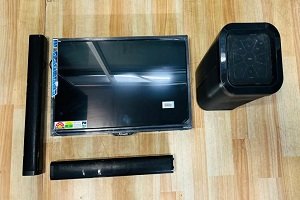RoHS Compliance
The reason for conducting RoHS testing is to reduce electronics' negative effects on the environment and human health while ensuring that the manufacturing process is safe at all stages of the device's life. Restriction of Hazardous Substances (RoHS) is a product level compliance based on the European Union's Directive 2002/95/EC was adopted in February 2003 by the European Union, the Restriction of the Use of certain Hazardous Substances in Electrical and Electronic Equipment (RoHS). Products compliant with this directive do not exceed the allowable amounts of the following restricted materials: lead, mercury, cadmium, hexavalent chromium, polybrominated biphenyls (PBB) and polybrominated diphenyl ethers (PBDE), with some limited exemptions. The goal of RoHS (Reduction of Hazardous Substances) is to reduce the environmental effect and health impact of electronics. RoHs test is mandatory on dated 01/04/2023. BAPL has capability to test RoHS as per European Union's Directive 2002/95/EC.
RoHS is often referred to as the "lead-free directive", but it restricts the use of the following ten substances:
- Lead (Pb)
- Mercury (Hg)
- Cadmium (Cd)
- Hexavalent chromium (Cr6+)
- Polybrominated biphenyls (PBB)
- Polybrominated diphenyl ether (PBDE)
- Bis(2-ethylhexyl) phthalate (DEHP)
- Butyl benzyl phthalate (BBP)
- Dibutyl phthalate (DBP)
- Diisobutyl phthalate (DIBP)



